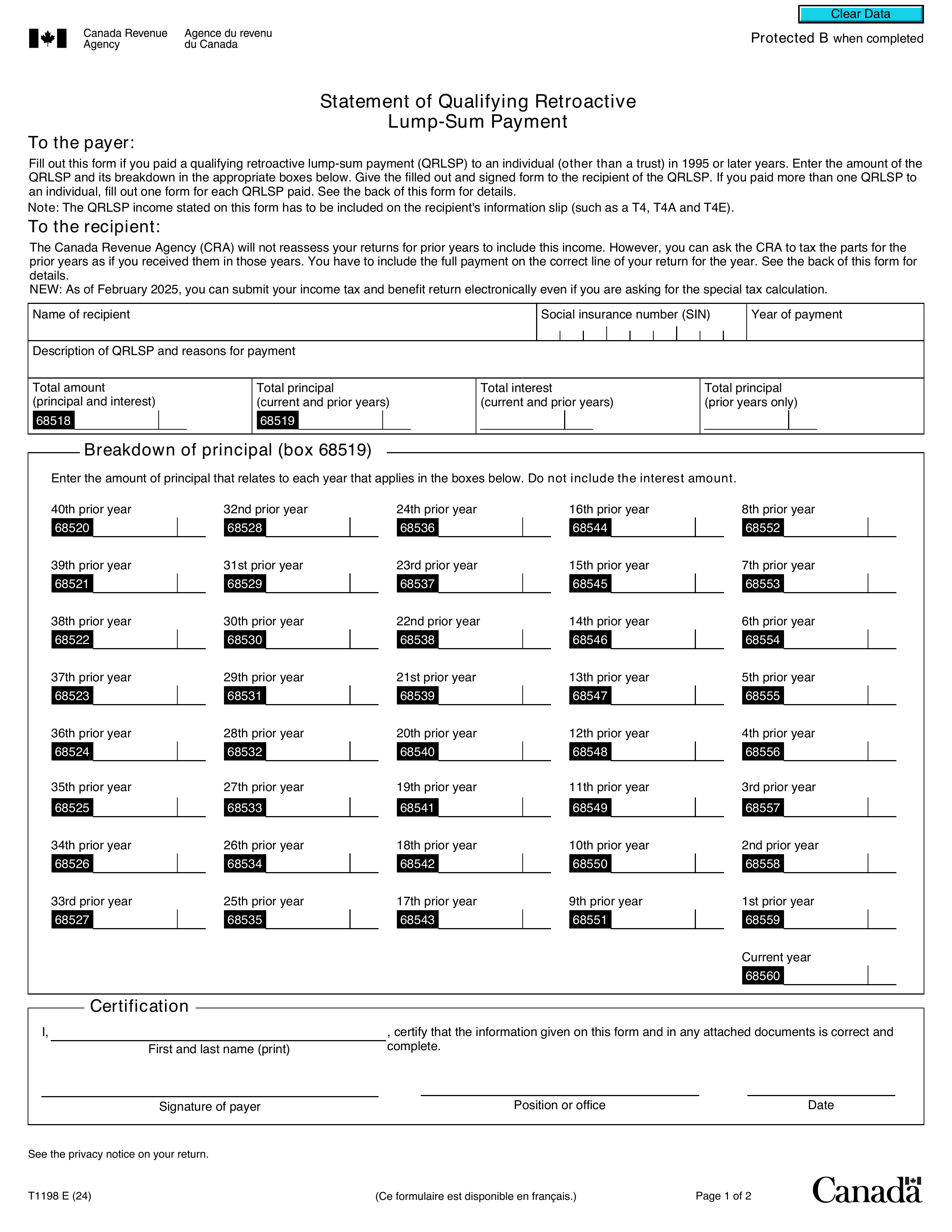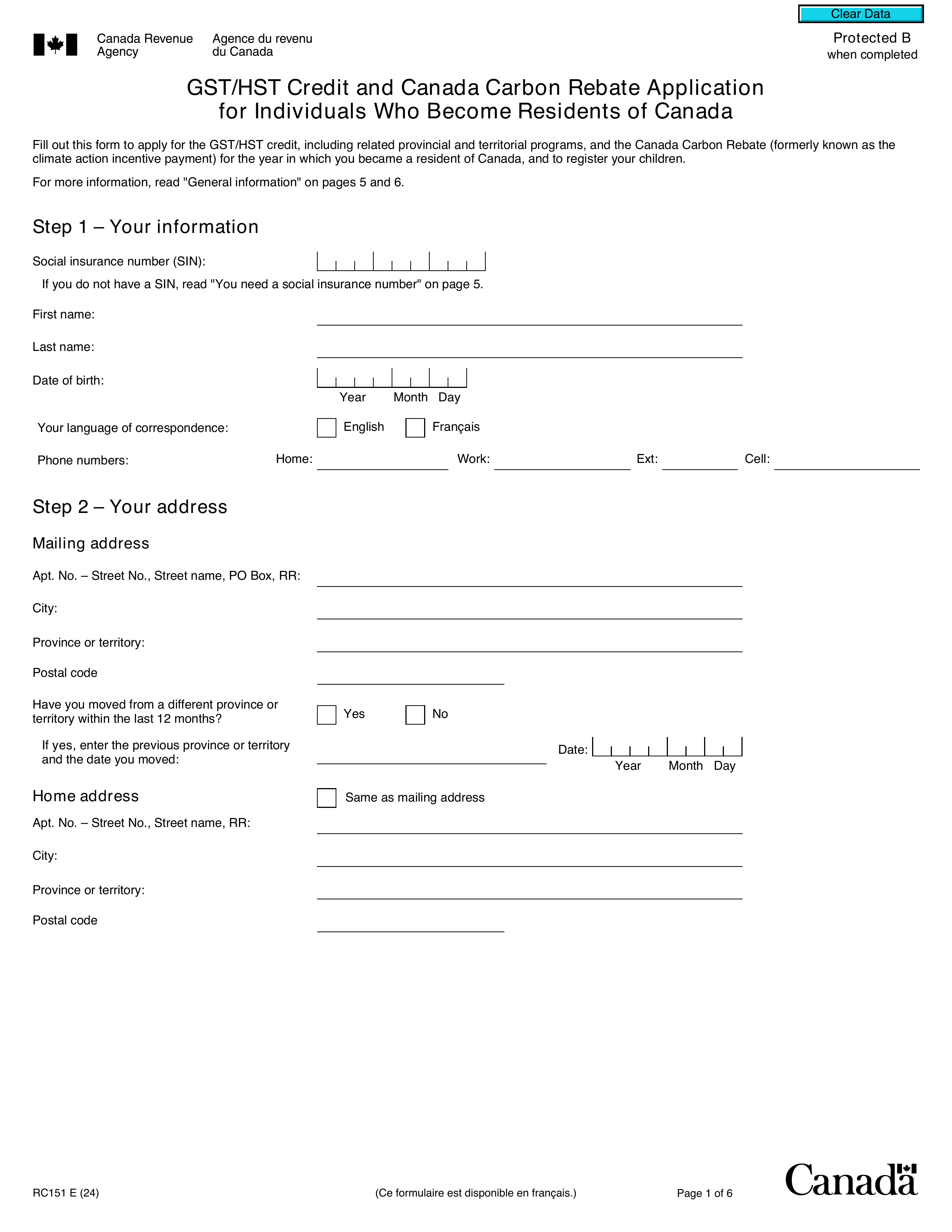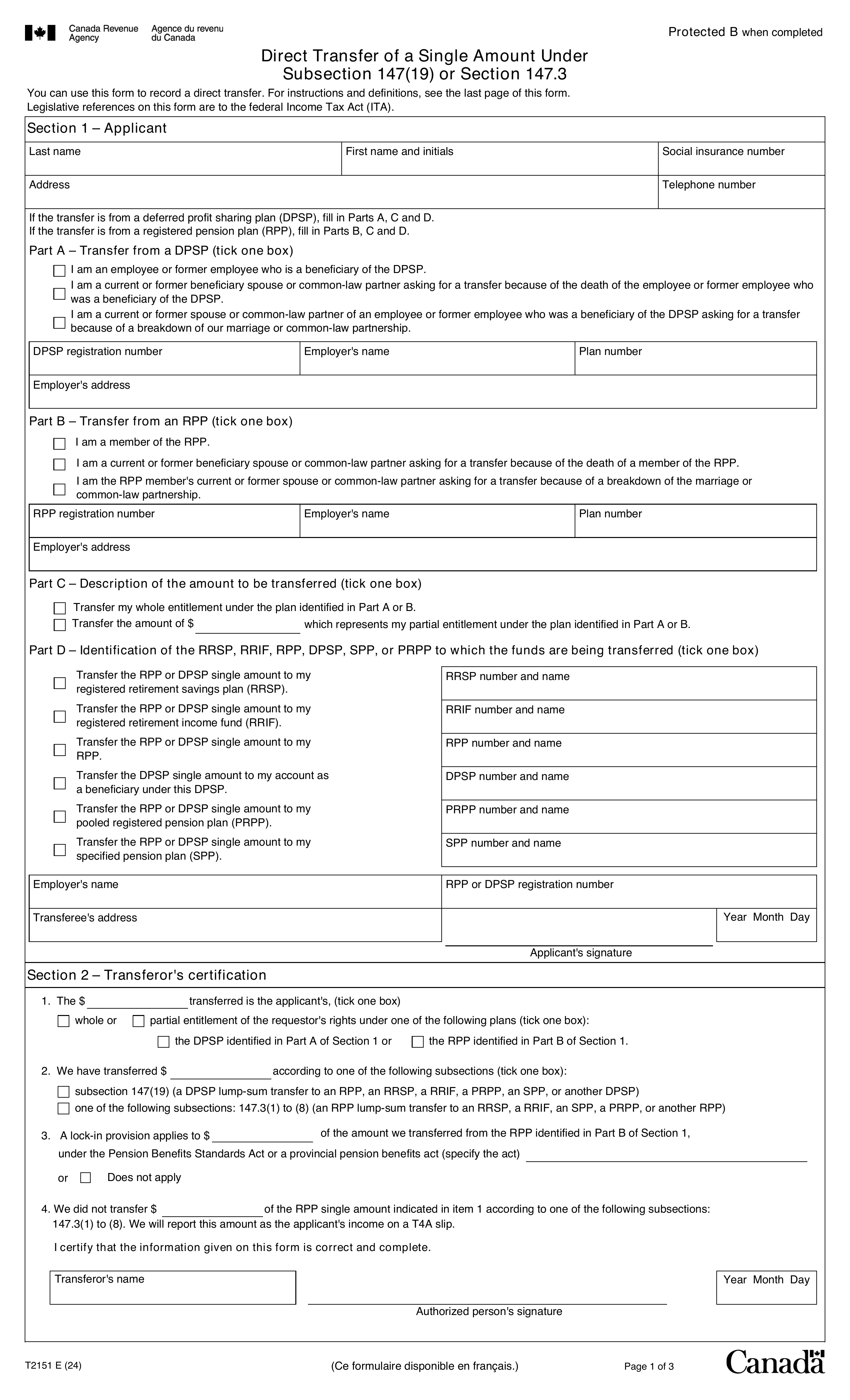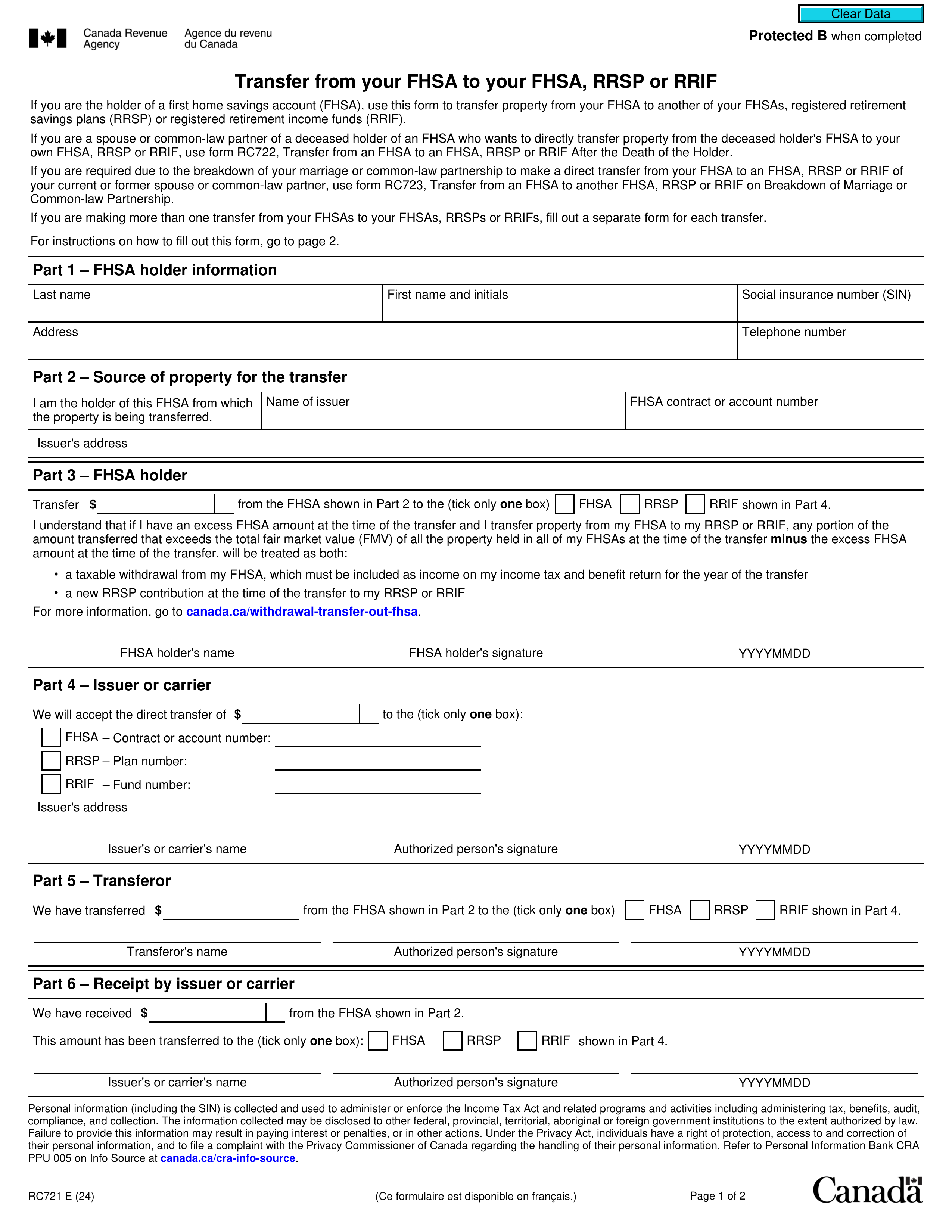What is Form L1?
Form L1, known as the Application to Evict a Tenant for Non-Payment of Rent, is an essential document for landlords in Ontario, Canada. This form allows landlords to formally request an eviction order from the Landlord and Tenant Board (LTB) due to unpaid rent. Additionally, it enables landlords to seek a judgment for the overdue rent that the tenant owes. By using this form, landlords ensure they adhere to the legal procedures necessary to recover unpaid rent and terminate the tenancy if the tenant fails to meet their obligations, clarifying the rights and responsibilities of both parties involved.
What is Form L1 used for?
Form L1 is important for landlords dealing with tenants who haven’t paid rent. Here’s what it's used for:
- Evicting the Tenant: To end the tenancy due to non-payment of rent.
- Collecting Outstanding Rent: To recover the rent owed by the tenant up to the date they move out.
- Recovering NSF Charges: To collect charges related to non-sufficient funds (NSF) cheques.
- Seeking a Court Order: To obtain a court order for eviction and rent collection if the tenant has already moved out.
How to fill out Form L1?
- 1
Complete Part 1: Enter the full address of the rental unit, including unit number and postal code.
- 2
Fill in Part 2: Input the total amount the tenant owes, including any NSF cheque charges and application fee.
- 3
Complete Part 3: Provide landlord and tenant details, including names, addresses, and contact information.
- 4
Fill in Part 4: Shade the boxes for the reasons for eviction and rent collection.
- 5
Show Calculation in Part 5: Explain how you calculated the owed amount, detailing rent and NSF cheque charges.
- 6
Check and Match Amounts in Part 6: Confirm the total amount matches between Part 2 and Part 6.
- 7
File Required Documents: Attach a copy of the N4 Notice to End Tenancy for Non-payment of Rent and the Certificate of Service.
Who is required to fill out Form L1?
Landlords in Ontario, Canada, are responsible for completing Form L1, which is essential for initiating legal actions regarding unpaid rent.
After completion, landlords submit the form to the Landlord and Tenant Board (LTB) along with necessary documents to proceed with eviction and rent collection processes according to provincial regulations.
When is Form L1 not required?
Form L1 isn't required if the tenant has already vacated the rental unit. Landlords seeking to collect rent without eviction should use Form L9. If the owed amount exceeds $35,000, apply directly to court instead of the Landlord and Tenant Board (LTB).
When is Form L1 due?
The deadline for Form L1 is the day after the termination date listed in the N4 notice. It must be filed with the Landlord and Tenant Board (LTB) along with the N4 notice and a Certificate of Service. Keep in mind that the eviction process can take several months, with hearings occurring four to eight weeks after you submit the application.
How to get a blank Form L1?
To get a blank Form L1, visit our website. The form is issued by the Landlord and Tenant Board (LTB) and is readily available in our editor. Simply click to access it, fill it out, and download it. Remember, our platform helps with filling and downloading, but not filing forms.
How to sign Form L1 online?
To sign Form L1, Application to Evict a Tenant for Non-Payment of Rent and to Collect Rent the Tenant Owes, you must provide a handwritten signature. After filling out the form using PDF Guru’s tools, remember to check for the latest updates regarding submission requirements. Once completed, download the form for your records, but keep in mind that PDF Guru does not facilitate submission.
Where to file Form L1?
To submit Form L1, first prepare a "Demand for Possession, Nonpayment of Rent" document. This must be served to the tenant in writing.
You can deliver it personally or use substitute service methods. Remember, filing online is not an option for this process.




